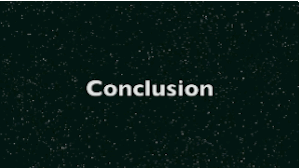
First of all, you must review the lab rubric to get points on a lab report. Some of you miss the intro sentence on the Cover page. It’s only a point, but it adds some seriousness and some formality. It’s almost free, but you gotta do it!
Many points lost were for molar masses problems due to the wrong formula. It’s a chemistry class, you will have to learn this quickly or risk falling further behind every day. It’s not easy but it’s not too hard either. I can help. You have to learn this formula business, and naming business ASAP.
The rubric says this about the conclusion:
Write a short summary of what the point of the lab experiment was. State specifically: what did you measure, what did you calculate, what’s your percent error, and why did you get it? What do you conclude about this concept of Percent Composition by mass. Make sure you use your data numbers: do not hint at anything, say it clearly.
You should have a conclusion that does not hint at things, nor tells an endless, overly detailed account of what you did. How about this, I made up some numbers, but they are possible.
In this lab I measured 3.00 grams of copper (II) pentahydrate into an evaporating dish, and I heated it for fourteen minutes and then another two minutes to be sure I dehydrated it completely. My left over anhydrous salt (the copper (II) sulfate without water) was 1.95 grams. That means that 1.05 grams “disappeared” from the dish. That was the 1.05 grams of water that evaporated.
While I was heating it up I did these calculations: The molar mass of this hydrate is 250 grams per mole, and the percent composition by mass of water in it is 36%.
When I calculated my measured percent comp by mass of water in this compound like this:
1.05 grams/3.00 grams X 100% = 35.0% water (measured value, 3 SF)
My percent error for this measurement was -2.78%, probably due to a slight amount of water that did not evaporate away.
I can now be sure I can take any chemical formula and do molar mass and percent composition by mass for any compound in the Universe. I love chem, the end.
It’s not long, it doesn’t tell random numbers (like the mass of the evaporating dish, which is different for every single dish). The numbers that matter are the 3.00 grams, the water and the anhydrous salt masses, your measured percent comp, the actual percent comp by mass of water, and your percent error. No other numbers matter.
Short and sweet, with a nice closing sentence.
This should work for the magnesium sulfate heptahydrate lab too.